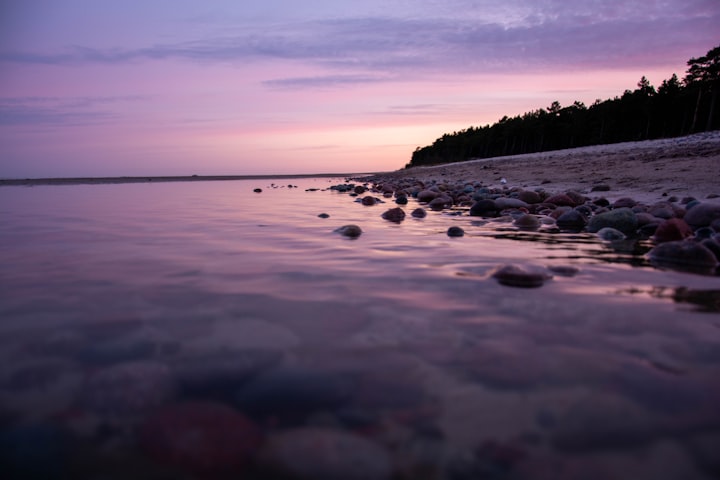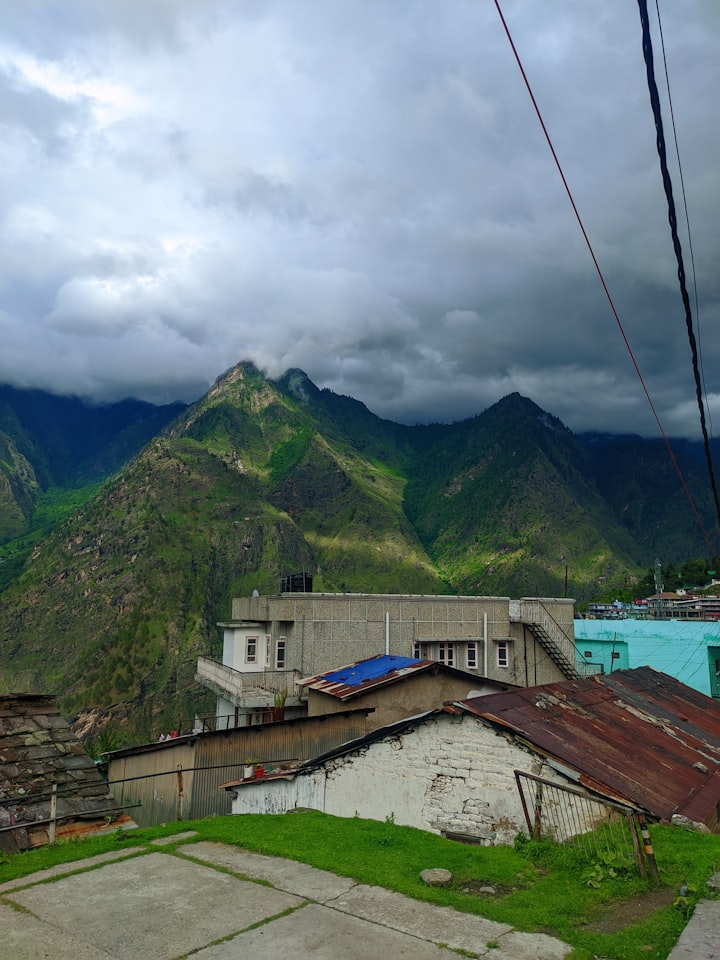
Once upon a time, in a world not so different from our own, the delicate balance of nature began to shift. The signs were subtle at first — warmer winters, unpredictable weather patterns, and unusual animal behaviors. But as time passed, these subtle hints escalated into undeniable evidence of a planet in flux.
In the coastal city of Havenbrook, renowned marine biologist Dr. Maya Reynolds was at the forefront of studying these changes. For years, she had immersed herself in the study of ocean ecosystems, understanding their rhythms and delicate interplay. But now, even her vast knowledge couldn't prepare her for the challenges that lay ahead.
As temperatures continued to rise, the ice caps melted, and sea levels climbed. Havenbrook, once a picturesque coastal city, found itself besieged by ever-encroaching waters. The streets that once bustled with life were now submerged, leaving only the tallest buildings as islands in a watery expanse. The once-thriving fishing industry struggled to adapt as marine life migrated to cooler waters.
Maya, along with her team of dedicated researchers, worked tirelessly to find solutions. They focused on developing resilient coral reefs, breeding heat-resistant marine species, and creating innovative underwater habitats. Their efforts garnered international attention, but the challenges were immense, and time was running out.
Meanwhile, in the sprawling metropolis of New Arcadia, climate refugees were becoming a common sight. Displaced from their homes due to droughts, wildfires, and rising sea levels, these individuals sought refuge in overcrowded cities, stretching resources to their limits. The divide between the wealthy and the displaced grew wider, leading to social unrest and political turmoil.
Governments around the world attempted to address the crisis through a combination of policy changes and international cooperation. The Paris Agreement was reinvigorated with renewed commitments, and technological advancements led to the widespread adoption of renewable energy sources. However, progress was slow, and the impacts of decades of neglect were not easily reversed.
In the midst of the chaos, Maya received a mysterious message from an anonymous source. The message contained coordinates to an uncharted island in the Pacific, along with reports of a unique underwater ecosystem thriving despite the changing climate. Intrigued and hopeful, Maya assembled a team to investigate.
What they discovered was nothing short of astonishing. The island, dubbed "Aequora," was a haven of biodiversity. The local community had embraced sustainable practices, utilizing wind, solar, and hydroelectric power. Coral reefs flourished, providing a blueprint for coral restoration worldwide. The inhabitants had formed a close bond with the environment, recognizing their survival was intertwined with the health of their surroundings.
Maya realized that the key to addressing climate change lay not just in technological innovations but also in reestablishing a deep connection between humanity and nature. Inspired by Aequora's success, she returned to Havenbrook with a newfound determination. She began organizing community initiatives to clean up beaches, plant trees, and educate people about the importance of conservation.
Over time, Maya's efforts bore fruit. Governments began to prioritize sustainability, investing in green infrastructure and enacting policies to mitigate climate change. The world started shifting toward a new era of cooperation and responsibility, recognizing that the challenges they faced could only be overcome by working together.
The story of Maya Reynolds and the changing world became a testament to human resilience, adaptability, and the power of collective action. It was a reminder that even in the face of immense adversity, humanity had the capacity to transform, heal, and protect the world they called home.
Global awareness continued to grow, fueled by the stories of communities like Ella's. Governments, organizations, and individuals around the world collaborated to address climate change on a larger scale. Renewable energy sources were embraced, carbon emissions were reduced, and reforestation efforts flourished.
While the world still faced its share of struggles, the collective determination to combat climate change led to positive change. The Last Oasis remained a symbol of what could be achieved when people came together to protect the planet.
And so, the story of climate change evolved into a story of resilience, collaboration, and hope. The world learned that it was not too late to make a difference, and that by working together, people could shape a brighter future for generations to come. The lessons learned from the challenges of the past guided humanity toward a more sustainable and harmonious coexistence with the planet.





Comments
There are no comments for this story
Be the first to respond and start the conversation.